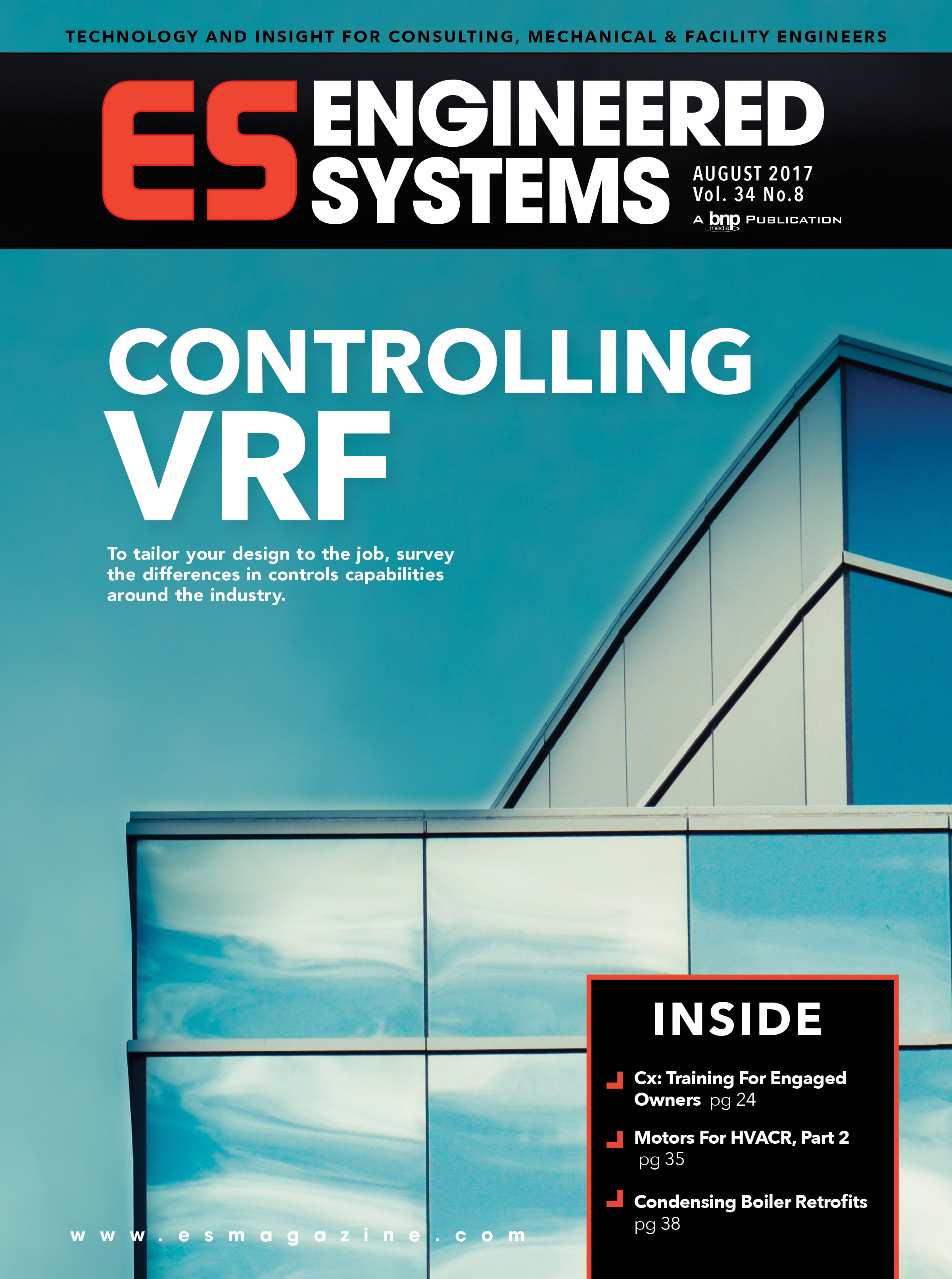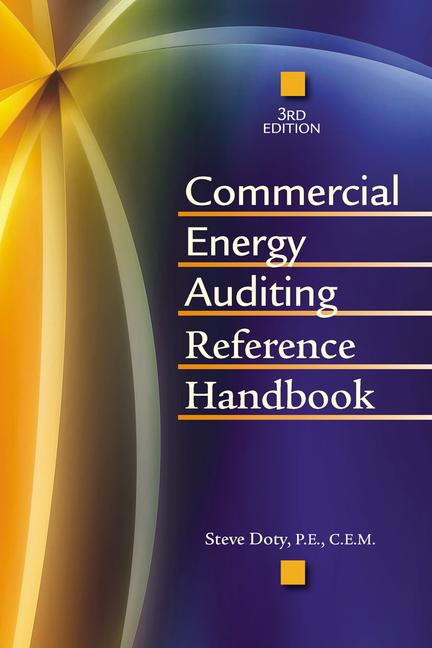Major changes to requirements regarding building envelope, lighting, mechanical, and energy cost budgets are contained in the newly published energy standard from ASHRAE and IES.
ANSI/ASHRAE/IES Standard 90.1-2013, Energy Standard for Buildings Except Low-Rise Residential Buildings, incorporates 110 addenda, reflecting changes made through the public review process. Appendix F gives brief descriptions and publication dates of the addenda to 90.1-2010 reflected in this new edition.
“While many things have changed since the first version of Standard 90 was published in 1975, the need to reduce building energy use and cost has not,” said Steve Skalko, chair of the committee that wrote the 2013 standard. “This standard represents many advances over the 2010 standard, as we worked toward our goal of making the standard 40 to 50% more stringent than the 2004 standard.”
According to Rita Harrold, director of technology for the Illuminating Engineering Society of North America, achieving the stringency goals established for the 2013 standard presented a challenge in reducing the requirements for lighting.
“While interior lighting power densities were re-evaluated and most lowered, there continues to be an ongoing concern about maintaining quality of lighting installations for occupant satisfaction and comfort while achieving energy savings,” she said. “The focus in the 2013 standard, therefore, was not just on lowering LPDs, but on finding ways to achieve savings by adding more controls and daylighting requirements as well as including lighting limits for exterior applications based on jurisdictional zoning.”
The most significant changes include the building envelope. Opaque elements and fenestration requirements have been revised to increase stringency while maintaining a reasonable level of cost-effectiveness. Criteria has been added requiring double-glazed fenestration in many climates, and skylighting criteria has been simplified.
For lighting requirements, changes include improvements to daylighting and daylighting controls, space-by-space lighting power density limits, thresholds for toplighting, and revised controls requirements and format.
As for mechanical requirements, equipment efficiencies are increased for heat pumps, packaged terminal air conditioners, single package vertical heat pumps and air conditioners, and evaporative condensers. Also, fan efficiency requirements are introduced for the first time. Additional provisions address commercial refrigeration equipment, improved controls on heat rejection and boiler equipment, requirements for expanded use of energy recovery, small motor efficiencies, and fan power control and credits. Control revision requirements have been added to the standard such as direct digital controls in many applications. Finally, the 2013 edition completes the work that was begun on equipment efficiencies for chillers in the 2010 edition.
For energy cost budget sand modeling, improvements were made to the ECB and Appendix G provisions to clarify the use of the prescriptive provisions when performing building energy use modeling. In addition, these sections were revised to enhance capturing daylighting when doing the modeling calculations.
For more information or to order the standard, visit www.ashrae.org/bookstore.




